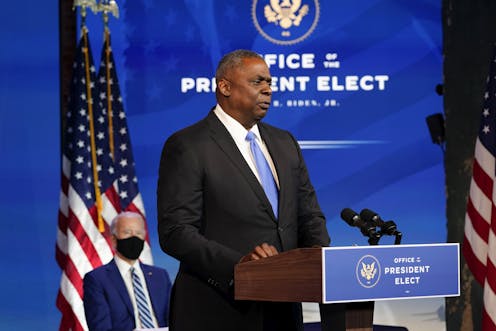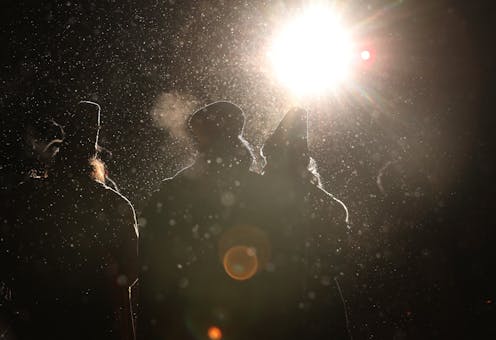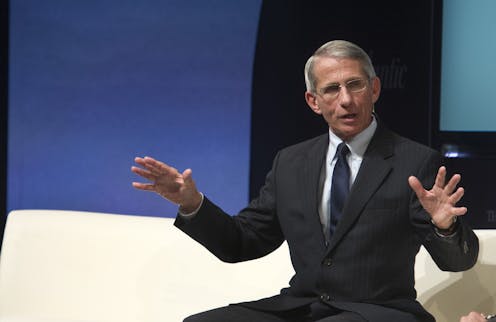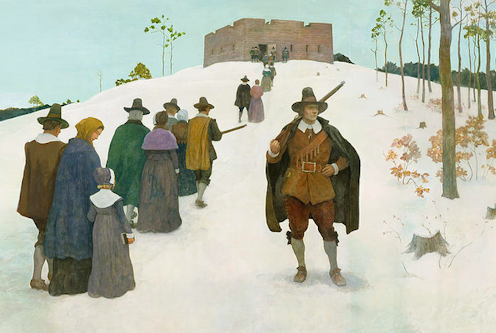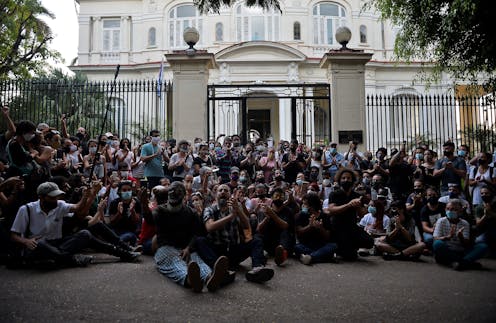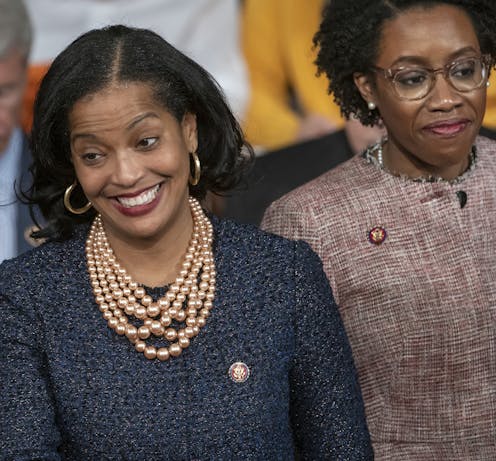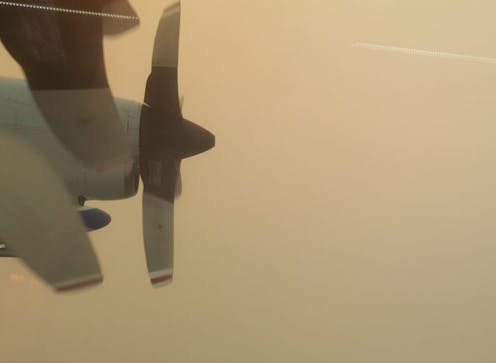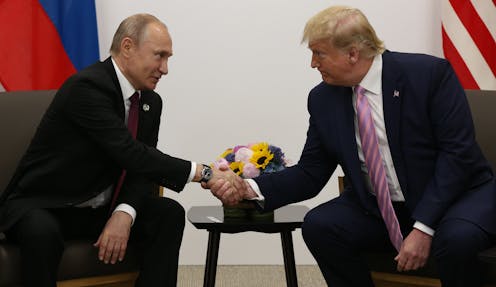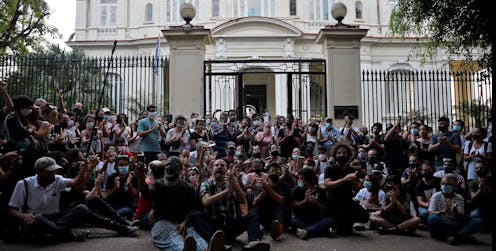The top scientific breakthrough for 2020 was understanding SARS-CoV-2 and how it causes COVID-19 – and then developing multiple vaccines
- Written by David Pride, Associate Director of Microbiology, University of California San Diego
 The number one scientific breakthrough for 2020: multiple vaccines to prevent COVID-19Philippe Raimbault/Photodisc via Getty Images
The number one scientific breakthrough for 2020: multiple vaccines to prevent COVID-19Philippe Raimbault/Photodisc via Getty ImagesSARS-CoV-2, the virus that causes the respiratory illness COVID-19, has killed approximately 2.2% of those worldwide who are known to have contracted it. But the situation could be a lot worse without modern medicine...


